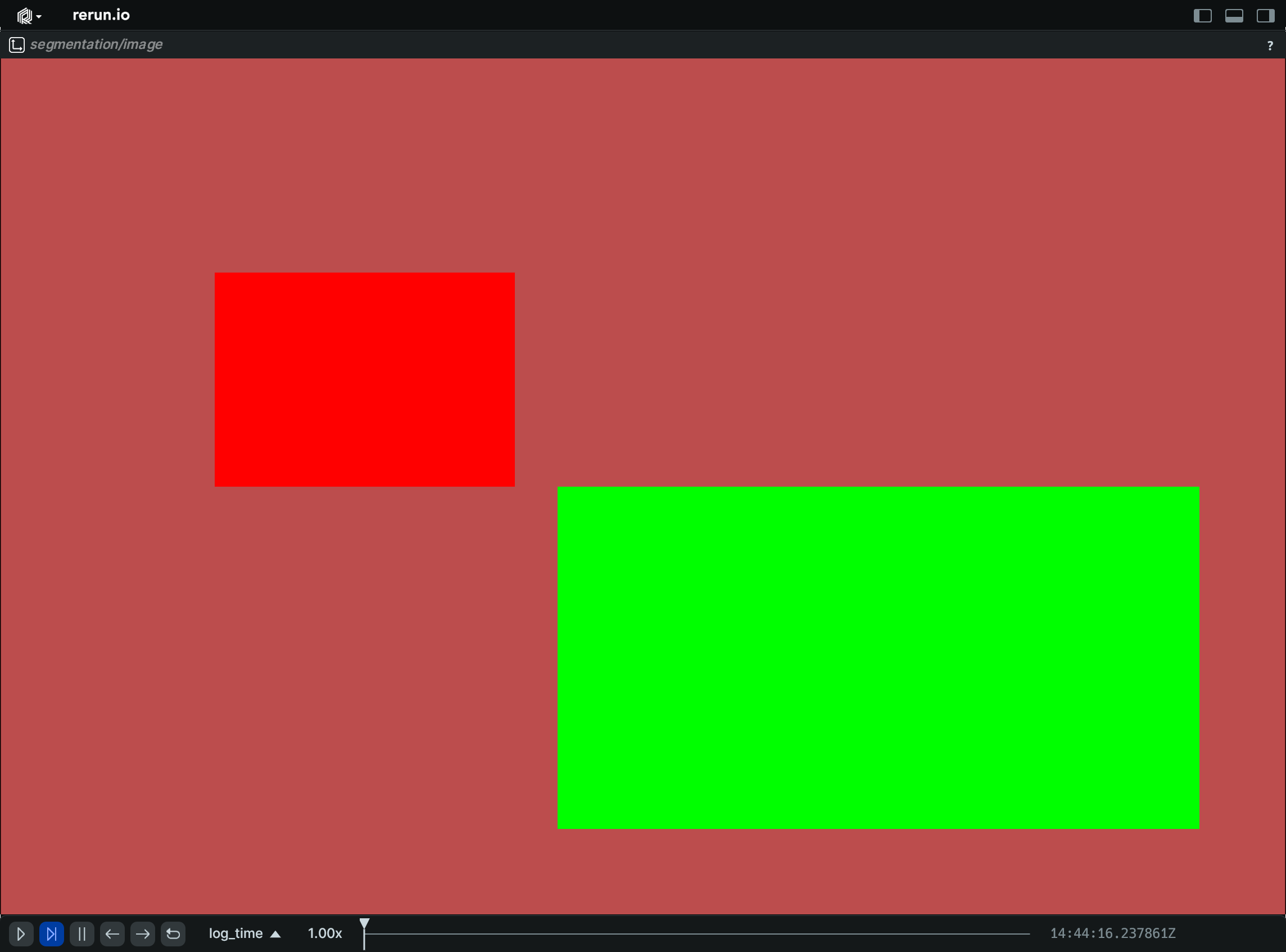Archetype: The annotation context provides additional information on how to display entities. More...
#include <rerun/archetypes/annotation_context.hpp>
Public Member Functions | |
| AnnotationContext (AnnotationContext &&other)=default | |
| AnnotationContext (const AnnotationContext &other)=default | |
| AnnotationContext & | operator= (const AnnotationContext &other)=default |
| AnnotationContext & | operator= (AnnotationContext &&other)=default |
| AnnotationContext (rerun::components::AnnotationContext _context) | |
| AnnotationContext | with_context (const rerun::components::AnnotationContext &_context) && |
| List of class descriptions, mapping class indices to class names, colors etc. | |
| AnnotationContext | with_many_context (const Collection< rerun::components::AnnotationContext > &_context) && |
This method makes it possible to pack multiple context in a single component batch. | |
| Collection< ComponentColumn > | columns (const Collection< uint32_t > &lengths_) |
| Partitions the component data into multiple sub-batches. | |
| Collection< ComponentColumn > | columns () |
| Partitions the component data into unit-length sub-batches. | |
Static Public Member Functions | |
| static AnnotationContext | update_fields () |
Update only some specific fields of a AnnotationContext. | |
| static AnnotationContext | clear_fields () |
Clear all the fields of a AnnotationContext. | |
Public Attributes | |
| std::optional< ComponentBatch > | context |
| List of class descriptions, mapping class indices to class names, colors etc. | |
Static Public Attributes | |
| static constexpr const char | ArchetypeName [] = "rerun.archetypes.AnnotationContext" |
The name of the archetype as used in ComponentDescriptors. | |
| static constexpr auto | Descriptor_context |
ComponentDescriptor for the context field. | |
Detailed Description
Archetype: The annotation context provides additional information on how to display entities.
Entities can use components::ClassIds and components::KeypointIds to provide annotations, and the labels and colors will be looked up in the appropriate annotation context. We use the first annotation context we find in the path-hierarchy when searching up through the ancestors of a given entity path.
See also datatypes::ClassDescription.
Example
Segmentation

⚠ This type is unstable and may change significantly in a way that the data won't be backwards compatible.
Member Function Documentation
◆ with_many_context()
|
inline |
This method makes it possible to pack multiple context in a single component batch.
This only makes sense when used in conjunction with columns. with_context should be used when logging a single row's worth of data.
◆ columns() [1/2]
| Collection< ComponentColumn > rerun::archetypes::AnnotationContext::columns | ( | const Collection< uint32_t > & | lengths_ | ) |
Partitions the component data into multiple sub-batches.
Specifically, this transforms the existing ComponentBatch data into ComponentColumns instead, via ComponentBatch::partitioned.
This makes it possible to use RecordingStream::send_columns to send columnar data directly into Rerun.
The specified lengths must sum to the total length of the component batch.
◆ columns() [2/2]
| Collection< ComponentColumn > rerun::archetypes::AnnotationContext::columns | ( | ) |
Partitions the component data into unit-length sub-batches.
This is semantically similar to calling columns with std::vector<uint32_t>(n, 1), where n is automatically guessed.
Member Data Documentation
◆ Descriptor_context
|
staticconstexpr |
ComponentDescriptor for the context field.
The documentation for this struct was generated from the following file:
- rerun/archetypes/annotation_context.hpp